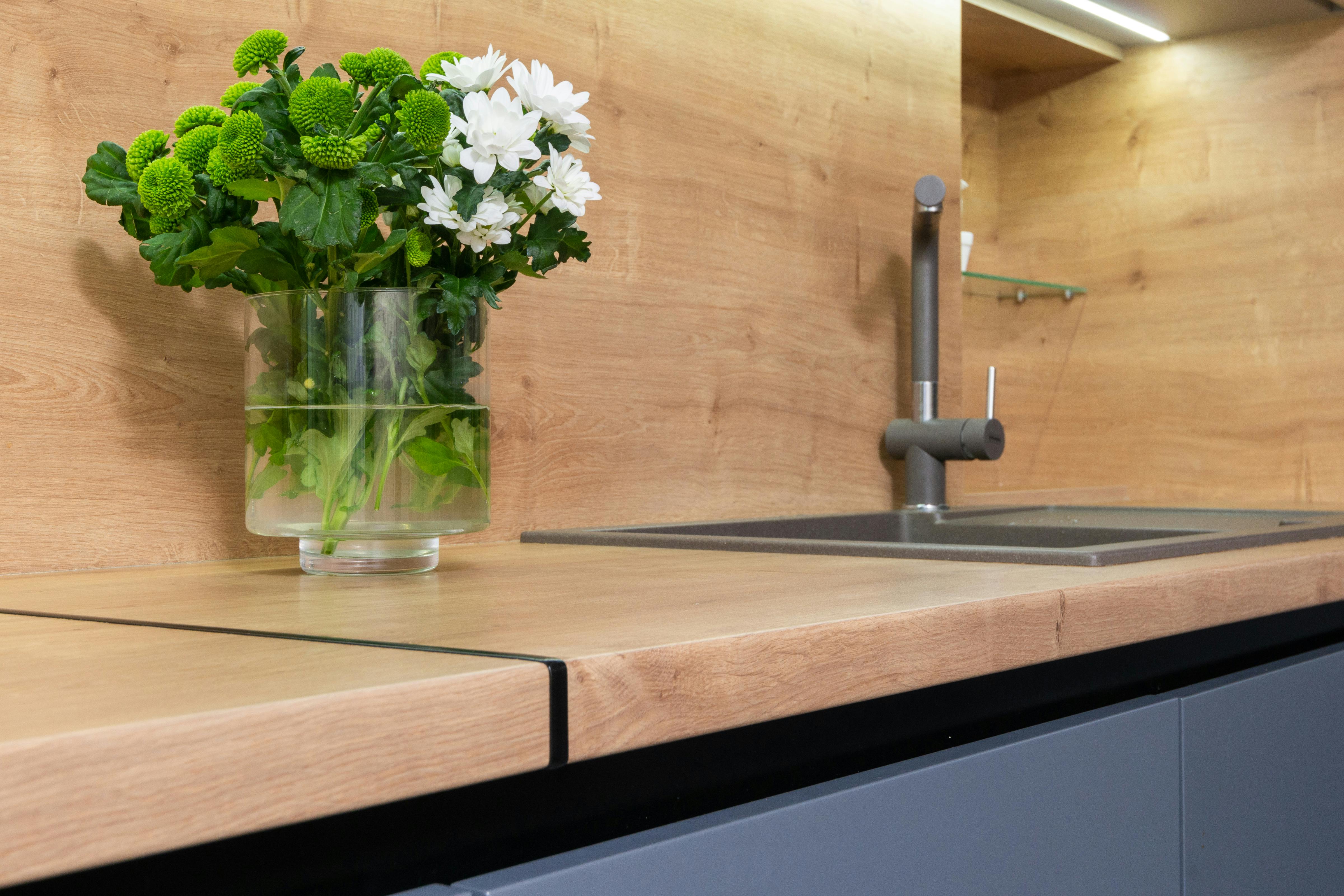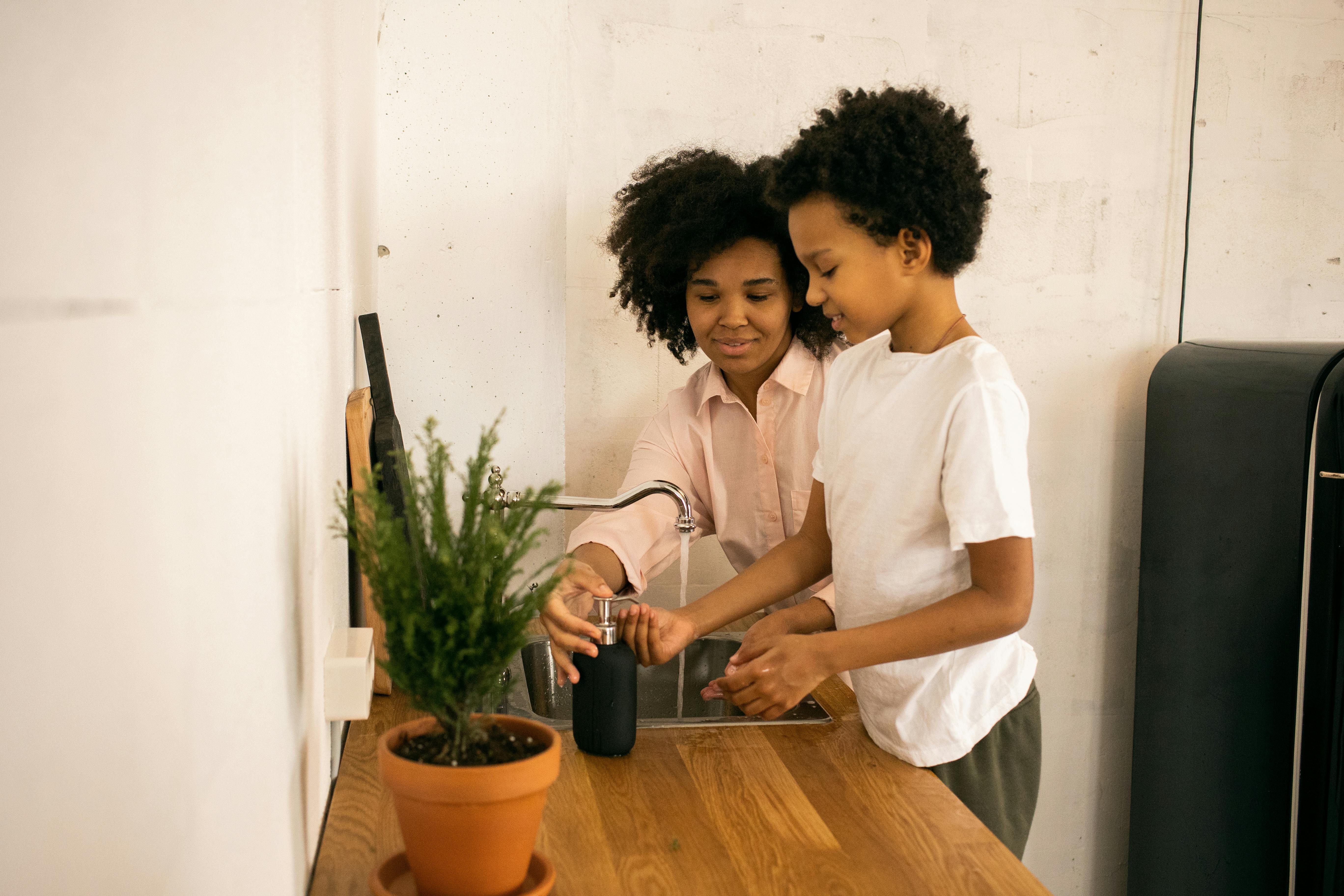Distilling tap water for plants is a great way to give plants the purest water available without spending a lot of money. Distilled water is free from any contaminants or minerals that can damage your plants, and it can be done relatively easily with just a few simple items. This guide will provide step-by-step instructions on how to distill tap water for plants.Distillation is a process of separating the components or substances from a liquid mixture by using selective boiling and condensation. It involves heating the mixture to its boiling point, allowing the vapors to rise and then cooling them back down to liquid form. The different substances in the mixture will have different boiling points, so by controlling the temperature, the distiller can separate them out as they vaporize and collect them individually.
Reasons for Distilling Tap Water for Plants
Tap water contains many minerals and other contaminants that can be harmful to plants. Distilling tap water for plants helps to remove these contaminants, making it safer for them to consume. It also helps to balance out the pH levels of the water, which can be beneficial for certain types of plants. Distilled water also has a longer shelf life than regular tap water, which means it can be stored longer and used at a later date. Additionally, distilled water is often much cheaper than buying pre-treated or filtered tap water specifically made for plants. Overall, distilling tap water is an effective and cost-efficient way to provide safe and healthy drinking water for your plants.
Distilling tap water also removes chlorine from the water, which can be beneficial for certain types of plants. Chlorine is added to tap water in order to kill bacteria and other contaminants that may cause diseases in humans or animals. Unfortunately, chlorine can also be toxic to some types of plants if present in large amounts. By distilling the tap water, you can ensure that your plants are not exposed to too much chlorine or other harmful contaminants.
<
How to Distill Tap Water for Plants
Distilling tap water for plants is a great way to ensure that they are getting the best quality water available. It can be done at home and is relatively simple. The process involves taking tap water and boiling it until it turns into steam, then collecting the steam in an airtight container. The steam will contain only pure H2O molecules without any of the impurities or minerals found in tap water. Once the steam has condensed back into liquid form, it can be used to water your plants.
The distilled water should be stored in an airtight container and used within a few days. You should also make sure to monitor the pH level of your distilled water as it may become too acidic or too alkaline over time. If your distilled water becomes too acidic or alkaline, you can add small amounts of baking soda or lemon juice to adjust its pH level accordingly.
When watering your plants with distilled water, start by giving them just a small amount at first and then gradually increase the amount over time as they become accustomed to it. Distilled water may not contain any of the minerals and nutrients that regular
Gather the Necessary Equipment
Before you start your project, it’s important to make sure you have all of the necessary equipment. Depending on the type of project you are undertaking, the list of equipment may vary. For example, if you are painting a room, you may need to have paint, brushes, rollers, drop cloths and other supplies. If you are replacing a faucet in your kitchen sink, then you may need a wrench and some additional tools. Gather all of your supplies together before beginning so that you don’t have to stop in the middle of your project to find something that is missing.
In addition to tools and supplies for the project itself, it’s also important to make sure that you have safety equipment available such as gloves and safety glasses. Even for projects that don’t require power tools or hazardous chemicals, it’s important to practice safety at all times. Having all of these items gathered ahead of time makes it easier for everyone involved in the project to stay safe while they work.
Filling the Boiling Pot with Tap Water
Filling a boiling pot with tap water is an important part of many cooking processes. It is essential when making pasta, rice, and other dishes that require boiling water in order to cook properly. The process of filling a boiling pot with tap water is relatively simple, but requires some care.
The first step is to make sure that the water is turned on at the tap and that the handle is in the “on” position. Once this is done, it’s time to fill the pot. It’s important not to overfill the pot, as this can cause it to boil over and create a mess. Instead, fill it only up to about two-thirds of its capacity.
Next, place the pot on the stove and turn on the burner. It’s best to use a high setting so that the water comes to a boil quickly. As soon as bubbles start forming on the surface of the water, reduce the heat to medium-low or low so that it simmers instead of boiling vigorously. This will help prevent food from sticking to the bottom of the pot and burning.
Once cooked,

Placing the Heatproof Bowl on Top of the Pot
Using a heatproof bowl on top of a pot is an excellent way to create a makeshift double boiler. This technique can be used to melt chocolate, heat cream or sauces, and warm up ingredients for baking. To do this, you will need two pots of different sizes; one should fit inside the other. Fill the larger pot halfway with water, then place the smaller pot inside. Heat the water on low-medium heat until it begins to simmer. Place your heatproof bowl on top of the smaller pot, being sure that it does not touch any sides or the bottom. You can then place whatever you are melting in the bowl and let it heat until melted.
When finished, turn off the heat and carefully remove both pots from stovetop. Let them cool before attempting to remove anything from them; if any liquid remains in either pot, pour out into a separate container before handling. Once it is safe to do so, lift off both pots and remove your heatproof bowl from inside. Your double boiler is now ready to use!
Creating Condensation in a Heatproof Bowl
Creating condensation in a heatproof bowl is an easy and effective way to add humidity to the air. By adding hot water to the bowl, the heat from the water evaporates into the air, creating condensation on the sides of the bowl. This condensation can then be used to increase humidity levels and help maintain a comfortable environment.
The first step in creating condensation is to fill a heatproof bowl with hot water. The temperature of the water should be warm enough that it produces steam, but not so hot that it is uncomfortable to touch. It is important to use a bowl that can withstand high temperatures as well as moisture. Once filled with water, place it in an area where there is good air circulation and let it sit for several hours or overnight.
As the hot water evaporates, condensation will begin to form on the sides of the bowl. The more humid an environment is, the more quickly this will happen. If desired, additional humidity can be added by misting or spraying water onto walls and other surfaces near the bowl. This will help speed up the process of creating condensation in a heat
Collect and Store the Distilled Water
Collecting and storing distilled water is an important step in preserving the quality of your drinking water. Distilled water is water that has been heated until it turns into steam, removing impurities and minerals from it in the process. It is then condensed back into a liquid form and collected. Distilled water can be stored in bottles or containers for later use. The recommended method for storing distilled water is to use an airtight container. This will help keep out dust, dirt, and other contaminants from entering the container. It is also important to make sure that the container is not exposed to direct sunlight or extreme temperatures, as this can cause the distilled water to spoil over time.
When collecting distilled water, it is important to remember that the purity of the distilled water will depend on the quality of the source used to create it. Therefore, it is essential to make sure that you are using a reliable source for your distilled water, such as filtered tap or spring water, or a commercial distillation unit. Additionally, once you have collected your distilled water, it should be checked for clarity and color before being stored away for future use.

Conclusion
Distilling tap water for your plants is a great way to ensure they get the cleanest and healthiest water possible. This process will remove any contaminants, sediment, bacteria, and other impurities that could be harmful to your plants. It is easy to do at home with minimal equipment, and you can save money by reusing the same distilled water over and over again.
When you use distilled water for your plants, it helps them grow better and healthier. This process also eliminates the need for expensive chemical fertilizers or other treatments that could harm your plants in the long run. Distilled water ensures that your plants are getting the purest water available.
In conclusion, distilling tap water for your plants is a great way to ensure they have access to clean, healthy water. It’s easy to do at home with minimal equipment, and you can save money by reusing the same distilled water over and over again. Most importantly, using distilled water helps ensure that your plants get the best treatment possible without harming them in any way.

